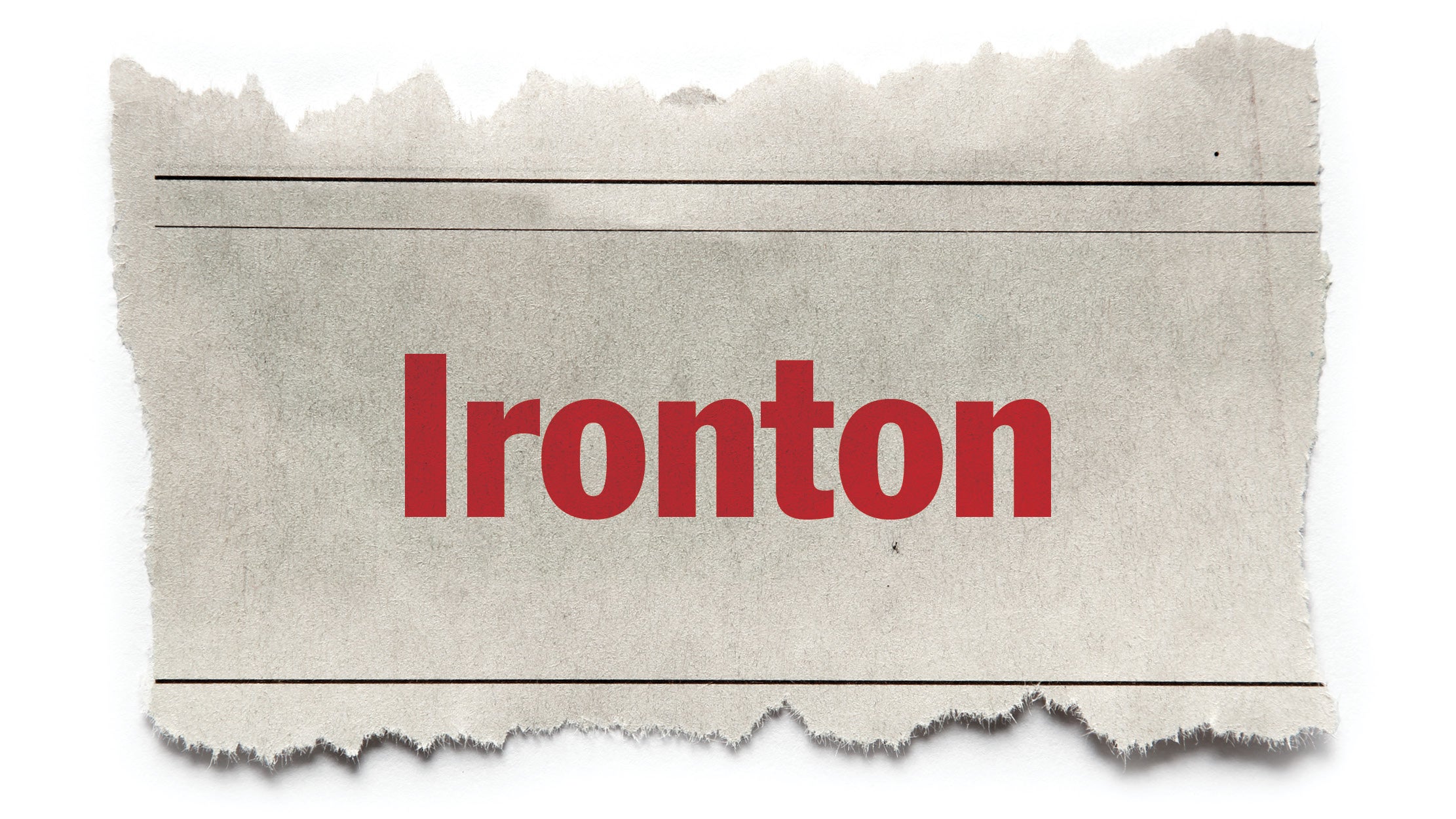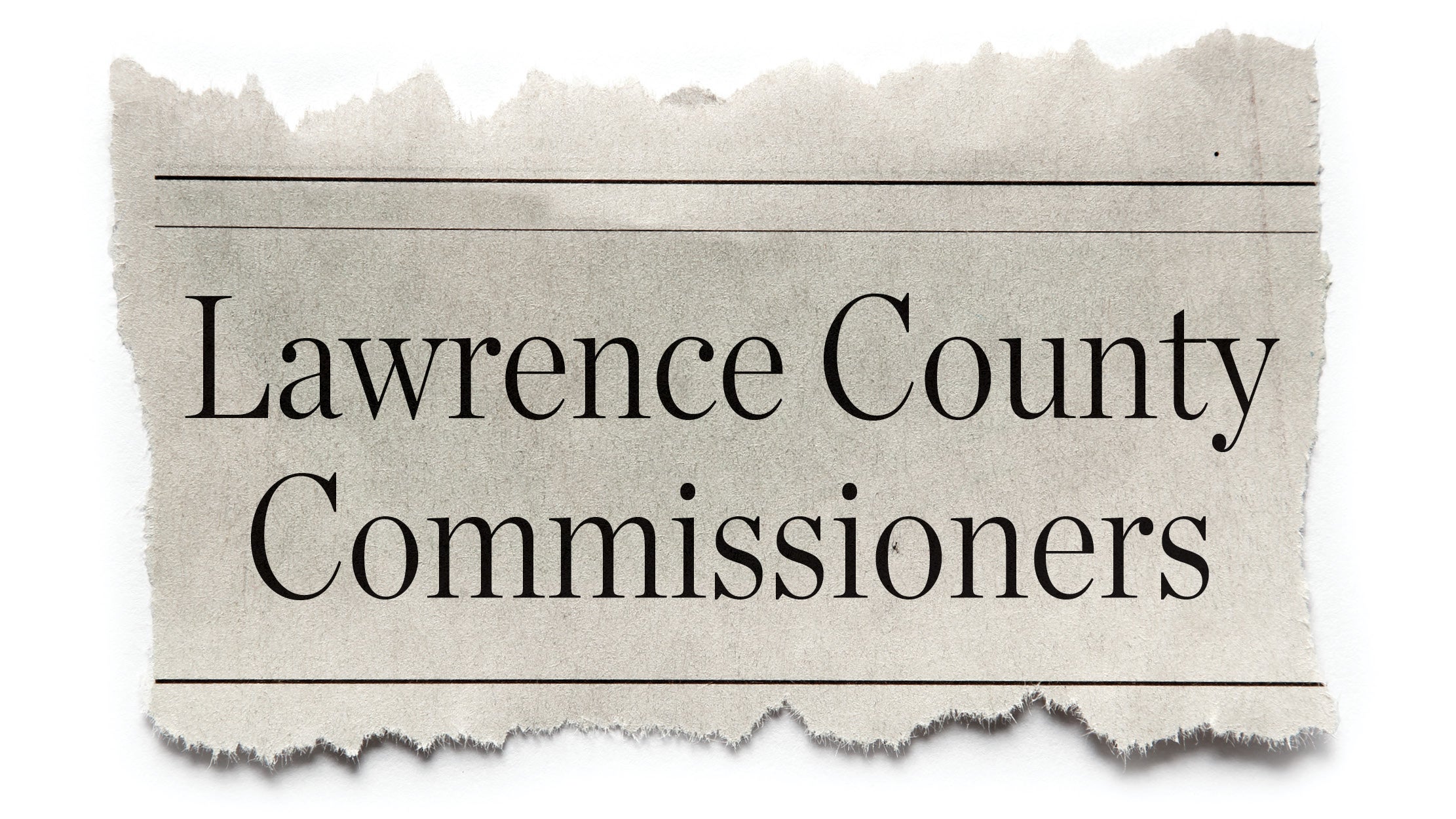Parade needs some helping ‘hams’
Published 10:12 am Monday, April 25, 2011
Amateur radio operators needed
The Ironton Memorial Day parade is widely known as the longest continuing Memorial Day parade in the country, and each year it seems to go smoothly.
One of the behind-the-scenes helpers keeping things in line is a group of ham radio operators.
The Southern Ohio Amateur Radio Association Amateur Radio Emergency Service is looking for more ham radio operators to be at the parade to call for help in case of an accident, to call for law enforcement or fire departments if needed, to help people find their parade division, to help parents find a lost child and a host of other situations.
Any Federal Communications Commission licensed ham operators with two-meter handheld transceivers who are interested in helping can contact Ken Massie at hamwn8f@yahoo.com. Between 25 and 30 operators are needed, and so far 18 have signed up.
Those agreeing to volunteer will meet at a staging area behind Wendy’s on Fourth and Center Streets between 8:30 a.m. and 9 a.m. the day of the parade, May 30. There they will receive their parade location and route.
“We go in there and set up our net control station to confer with all the other hams,” said Massie, who has been a ham radio operator for 46 years.
Massie said that while it seems young people aren’t as interested in ham radio operation, the FCC reports a slight increase in licensed operators.
“Cell phones and texting- I think that has cut down some on the interest for young people,” Massie said.
While they have been helping with the parade since 1989, they have also been helping in times of war and emergencies for many years.
“In the Vietnam War, I used to run phone patches for people,” Massie said. When other forms of communication are unavailable, ham radio operators can keep people connected.
He said there was a Navy station in Antarctica and without phone lines, the only way to get calls in to the United States was with phone patches.
“I would make a collect call to their home and those people would accept the call,” Massie said. “It was just like talking on the phone, except when one party was done, they had to say ‘over,’ so I could flip the switch and let the other person talk.”
During disasters and emergencies, communication can shut down because of all of the calls coming in, leaving ham radio operators the main way of contacting people, whether it be to alert people of emergencies or to assist in getting medication or kerosene to people unable to leave their homes.
For more information on becoming involved, visit the website www.orgsites.com/oh/soaraares.





